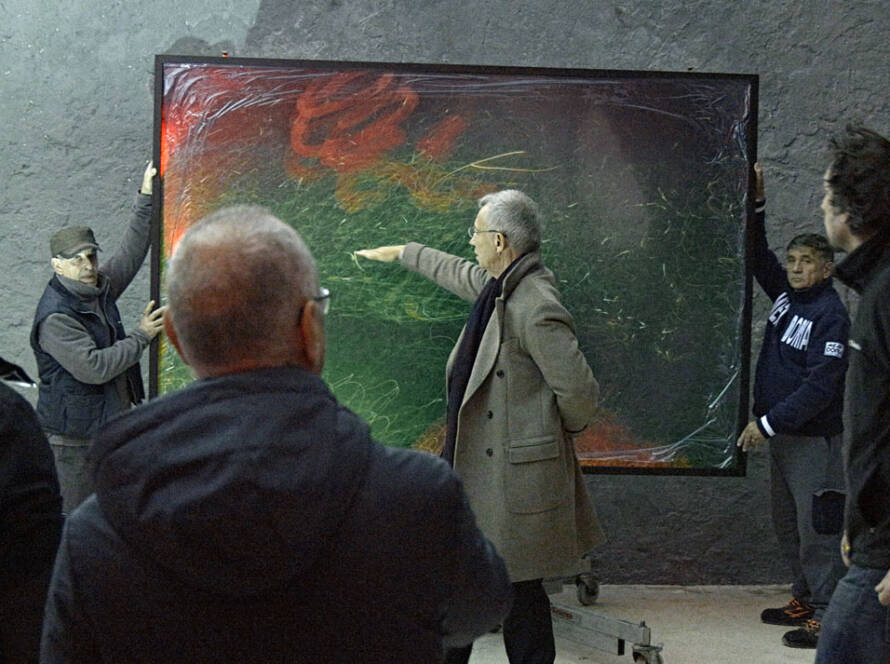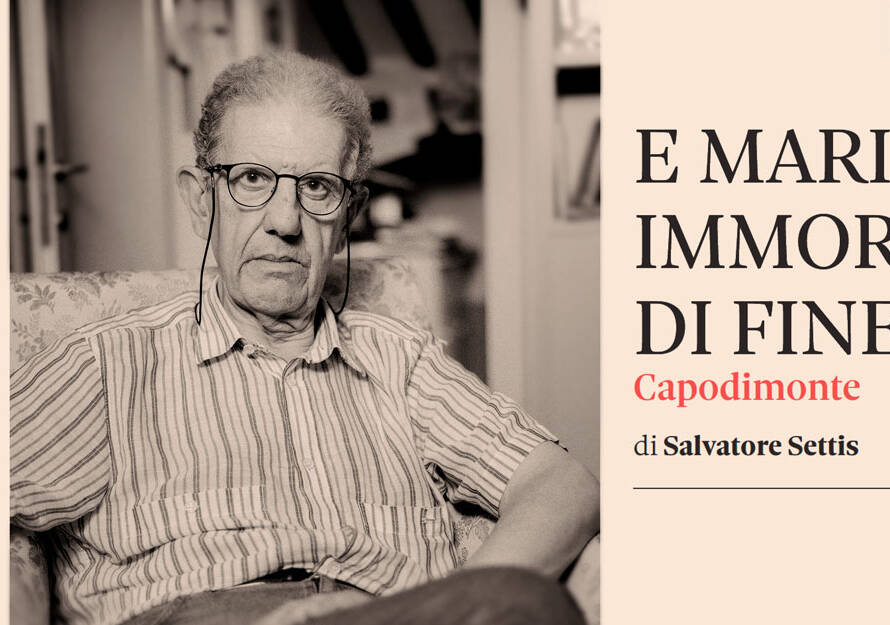Paesaggio Civile
Paesaggio Civile. Storie di ambiente, cultura e resistenza Paesaggio Civile
Autore: Serenella Iovino
Edited by: il Saggiatore, 2022
Napoli Explosion is an artistic experiment I have been observing for several years. It is a visual art project, a live set performance by photographer Mario Amura, which has taken place every New Year's Eve since 2006. During post-production, hundreds of images are “played together” with music, often composed specifically for the occasion, creating a photo-choreography. As midnight approaches, the artist and his crew position themselves at the summit of Monte Faito, on the opposite side of the gulf, with Naples on one end and the entirety of Mount Vesuvius directly in front of them.
At the stroke of midnight, the explosion begins. Fireworks illuminate the night, with lights reaching nearly to the edge of the crater.
In Amura’s elaboration, these lights dissolve or crumble, transforming into metaphysical landscapes of stars and animals, drops of matter and nebulae, streaks of color shooting vertically, delicate nocturnal compositions reminiscent of Paul Klee's paintings.
Yet everything begins there: with the explosion of light bursting around the volcano, the ritual repeated year after year, always the same yet always telling different stories. “This year, I saw more poverty and more anger,” Mario told me about New Year’s 2016, commenting on the photos of a particularly difficult year for Italy and Naples. Similarly, the transition from 2020 to 2021, after the first year of Covid, told its own unique story: “White lights. Zero noise.”
Thus, what might appear to be a repetitive experience changes every time, with photography capturing the synchronicity of a grand exorcism against the inhuman forces—the volcano, fate—that inhabit this place. However, this exorcism is performed by removing—once again, forgetting—the fact that the setting of this ritual is alive, among living elements.
This is what I see in these images: I see people who, because of fireworks, are mutilated or even die as if in a war theater; I see all the animals, domestic and wild, terrified and killed by these explosions; and I see the sprawling networks of illegality, exploitation, violence, and chemical pollution stemming from the production and use of fireworks.
I also see how high real estate speculation has climbed on the slopes of Vesuvius: the lights reveal that houses completely encircle the volcano.
This means that, despite the evidence and any principle of precaution, in local imagination Vesuvius has reverted to being “simply” a mountain, covered by a crust of constructions, often illegal, as well as countless waste dumps, large or small, all illicit.
Its nature, along with its threatened vital environment, has been, once again, forgotten. But from this artistic experiment, one can also see that the volcano is there, dark amid the lights, silent beneath the explosions, one with the soul of this place.
Amura has often told me that Napoli Explosion is an artistic experiment, yes, but also an anthropological and psychological one. It investigates how the volcano enters the fears, hopes, and emotions of these people, caught in a place that is both a womb and a trap.
Beyond folklore, these fireworks express periods of crisis, the desire to forget or rebuild, and, paradoxically, the need to resist while remaining part of a territory imbued with violent forces. Standing in the cold, atop the mountain opposite the volcano with his team of eight or nine people, Amura is like Pliny the Elder. He gathers the elements of this story, fully aware that the true protagonist is a landscape that could swallow us all.
But another thing his photos reveal, I believe, is the collective, unspoken desire to be swallowed by the porousness of the inhuman. This makes me think that all landscapes are porous, all can consume us, partly because of how we treat them; in fact, perhaps we are daring them to do so. When I speak of landscapes, I mean the planet.
Paesaggio Civile



